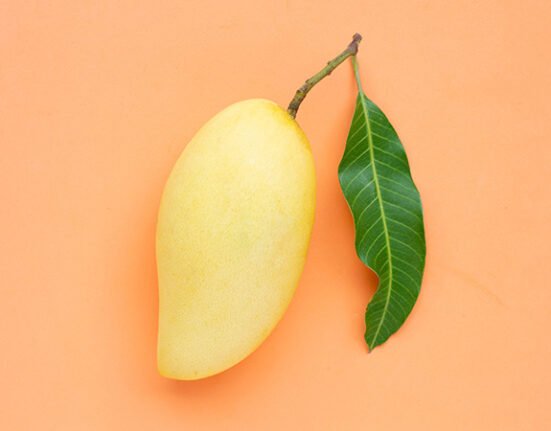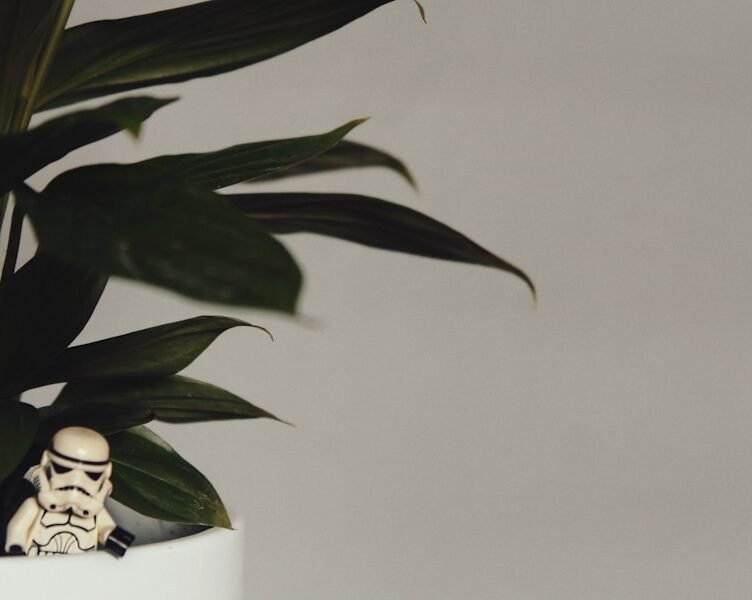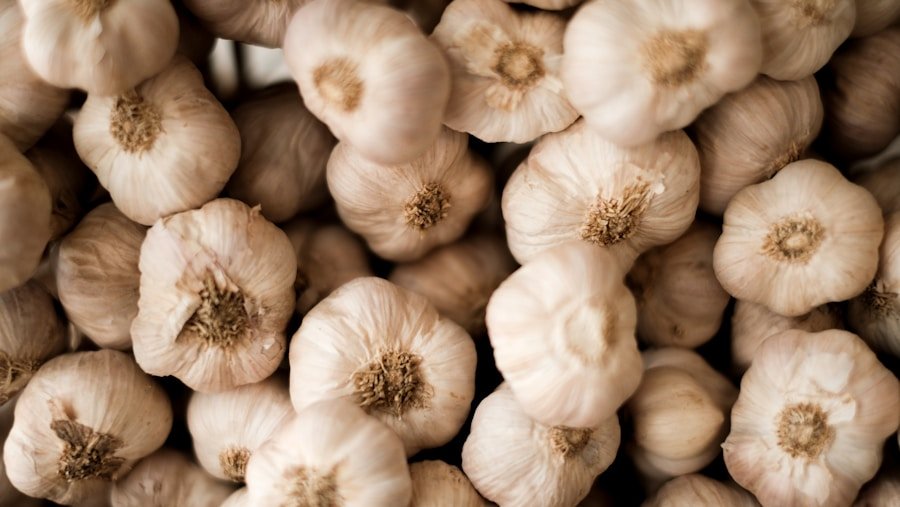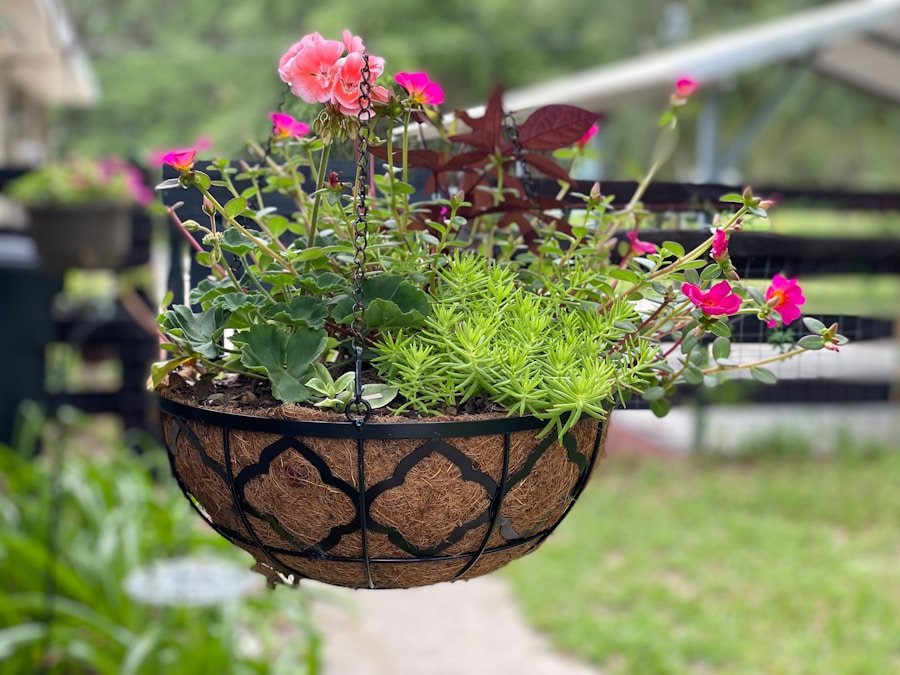Cultivating indoor herbal plants offers numerous advantages for beginners. In addition to enhancing the aesthetic appeal of your home with a touch of natural beauty, they provide a convenient and cost-effective means of accessing fresh herbs. Indoor herbal plants also contribute to improved air quality by removing toxins and increasing oxygen levels in the environment.
Moreover, research has shown that caring for indoor plants can reduce stress and promote overall well-being. For beginners, growing indoor herbal plants can be a rewarding and educational experience, allowing them to learn about various herb species and their care requirements. Having fresh herbs readily available at home can significantly enhance the flavor and nutritional value of meals.
By harvesting leaves from indoor plants, you can add a burst of flavor to dishes, ensuring that you consume herbs at their peak freshness and potency. This approach eliminates the need to rely on store-bought herbs that may have been stored for weeks, thereby guaranteeing optimal flavor and nutrition. Overall, the benefits of growing indoor herbal plants for beginners are multifaceted, making it a worthwhile and enjoyable hobby to pursue.
Key Takeaways
- Indoor herbal plants are easy to grow and provide fresh herbs for cooking and medicinal purposes.
- Growing indoor herbal plants can improve air quality and add a touch of greenery to your home.
- Beginners should choose low-maintenance herbs like basil, mint, and parsley to start with.
- Proper watering, sunlight, and soil are essential for the health of indoor herbal plants.
- Some easy-to-grow varieties of indoor herbal plants include rosemary, thyme, and chives.
Choosing the Right Indoor Herbal Plants for Beginners
Factors to Consider
When selecting the perfect indoor herbal plants, it’s essential to consider several factors, including the amount of sunlight available in your home, the space you have for the plants, and your personal preferences for herbs.
Popular Choices for Beginners
Some popular choices for beginners include basil, mint, parsley, and chives, as these herbs are relatively easy to grow and are versatile in their culinary uses. Basil, for example, thrives in bright, indirect light and can be used in a variety of dishes such as pasta, salads, and soups. Mint is another beginner-friendly herb that can be grown indoors, and it adds a refreshing flavor to beverages and desserts.
Growth Habits and Space Requirements
It’s also important to consider the growth habits of different herbs when choosing which ones to grow indoors. Some herbs, like rosemary and thyme, tend to grow larger and may require more space or pruning to keep them in check. On the other hand, herbs like cilantro and dill have a shorter lifespan and may need to be replanted more frequently.
Ensuring a Successful Growing Experience
By taking these factors into account, beginners can select the right indoor herbal plants that suit their living space and culinary preferences. Ultimately, choosing the right indoor herbal plants for beginners is a crucial step in ensuring a successful and enjoyable growing experience.
Essential Care Tips for Indoor Herbal Plants
Proper care is essential for the health and longevity of indoor herbal plants. One of the most important factors to consider is the amount of sunlight that your plants receive. Most herbs thrive in bright, indirect light, so it’s important to place them near a window where they can get at least 6-8 hours of sunlight per day.
If natural light is limited in your home, you can also supplement with artificial grow lights to ensure that your plants receive adequate light for healthy growth. In addition to light, proper watering is crucial for indoor herbal plants. Overwatering can lead to root rot, while underwatering can cause the plants to wilt and die.
It’s important to water your herbs when the top inch of soil feels dry to the touch, and to ensure that excess water can drain out of the pot to prevent waterlogged soil. Furthermore, indoor herbal plants benefit from regular fertilization to provide them with essential nutrients for growth. Using a balanced liquid fertilizer once a month can help keep your plants healthy and thriving.
By following these essential care tips, beginners can ensure that their indoor herbal plants have the best possible conditions for growth and productivity.
Easy-to-Grow Varieties of Indoor Herbal Plants
| Plant Name | Light Requirements | Watering Needs | Soil Type | Special Care Tips |
|---|---|---|---|---|
| Basil | 6-8 hours of sunlight | Regular watering, keep soil moist | Well-draining soil | Pinch off flowers to encourage leaf growth |
| Mint | Partial shade to full sun | Keep soil consistently moist | Rich, well-draining soil | Prune regularly to control growth |
| Rosemary | 6-8 hours of sunlight | Allow soil to dry out between waterings | Well-draining, sandy soil | Avoid overwatering, prefers drier conditions |
| Parsley | Partial shade to full sun | Keep soil evenly moist | Rich, well-draining soil | Trim regularly to encourage bushy growth |
For beginners looking to start their indoor herb garden, there are several easy-to-grow varieties that are well-suited for growing indoors. One popular choice is basil, which is not only easy to grow but also adds a burst of flavor to a variety of dishes. Basil thrives in warm, sunny conditions and can be grown from seeds or purchased as a small plant from a nursery.
Another easy-to-grow herb is mint, which is known for its vigorous growth and refreshing flavor. Mint can be grown in a pot or container and requires regular pruning to prevent it from taking over your indoor garden. Parsley is another beginner-friendly herb that is well-suited for indoor growing.
It prefers moist soil and bright, indirect light, making it an ideal choice for windowsill gardens. Chives are also easy to grow indoors and add a mild onion flavor to dishes. They require well-draining soil and regular watering to thrive.
Additionally, cilantro is a popular herb for beginners due to its versatility in Mexican and Asian cuisine. It prefers cooler temperatures and may need to be replanted every few weeks to ensure a continuous harvest. By choosing easy-to-grow varieties of indoor herbal plants, beginners can set themselves up for success in their herb-growing endeavors.
Creating a Suitable Environment for Indoor Herbal Plants
Creating a suitable environment for indoor herbal plants is essential for their health and productivity. In addition to providing adequate light, water, and nutrients, it’s important to consider factors such as temperature and humidity. Most herbs prefer temperatures between 60-70°F during the day and slightly cooler temperatures at night.
It’s important to avoid placing your plants near drafts or heating vents, as extreme temperature fluctuations can stress the plants. Furthermore, maintaining proper humidity levels can benefit indoor herbal plants, especially during the dry winter months when indoor air tends to be drier. Placing a tray of water near your plants or using a humidifier can help increase humidity levels and prevent the leaves from drying out.
Additionally, providing good air circulation around your plants can help prevent issues such as mold or mildew from developing. By creating a suitable environment for indoor herbal plants, beginners can ensure that their plants have the best possible conditions for growth and overall health.
Harvesting and Using Fresh Herbs from Indoor Plants
Growing and Harvesting Fresh Herbs for Culinary Delights
Harvesting for Continued Growth
When it comes to harvesting herbs, it’s essential to do so in a way that promotes continued growth and productivity. For leafy herbs like basil and mint, it’s best to harvest by pinching off individual leaves or stems rather than cutting large portions of the plant at once. This encourages new growth and ensures a continuous supply of fresh herbs.
Using Fresh Herbs in Cooking
When using fresh herbs in cooking, it’s best to add them towards the end of the cooking process to preserve their flavor and aroma. Herbs like parsley and cilantro are best used fresh, as their flavors tend to diminish when dried.
Unlocking the Full Potential of Fresh Herbs
Fresh herbs can be used to make infused oils, vinegars, or herb butters that can add an extra layer of flavor to your dishes. By harvesting and using fresh herbs from indoor plants, beginners can enjoy the satisfaction of growing their own ingredients and elevating their culinary creations with vibrant flavors.
Troubleshooting Common Issues with Indoor Herbal Plants
Despite best efforts, indoor herbal plants may encounter common issues that can affect their health and productivity. One common issue is overwatering, which can lead to root rot and other fungal diseases. To prevent overwatering, it’s important to allow the soil to dry out slightly between waterings and ensure that excess water can drain out of the pot.
Another common issue with indoor herbal plants is pest infestations such as aphids or spider mites. These pests can damage the leaves and stems of the plants if left unchecked. To prevent pest infestations, it’s important to regularly inspect your plants for signs of pests and take appropriate measures such as using insecticidal soap or neem oil to control them.
Additionally, indoor herbal plants may suffer from nutrient deficiencies if they are not regularly fertilized. Yellowing leaves or stunted growth can be signs of nutrient deficiencies, which can be remedied by using a balanced liquid fertilizer according to the manufacturer’s instructions. By being proactive in identifying and addressing common issues with indoor herbal plants, beginners can ensure that their plants remain healthy and productive throughout their growing season.
In conclusion, growing indoor herbal plants can provide numerous benefits for beginners, including access to fresh herbs for culinary use, improved air quality in the home, and a rewarding hobby that promotes overall well-being. By choosing the right indoor herbal plants suited for their living space and culinary preferences, beginners can set themselves up for success in their herb-growing endeavors. Essential care tips such as providing adequate light, water, nutrients, and creating a suitable environment are crucial for the health and productivity of indoor herbal plants.
Furthermore, selecting easy-to-grow varieties of herbs ensures that beginners have a positive growing experience with minimal challenges. Harvesting fresh herbs from indoor plants allows beginners to enjoy the satisfaction of growing their own ingredients and elevating their culinary creations with vibrant flavors. Lastly, being proactive in identifying and addressing common issues with indoor herbal plants ensures that they remain healthy and productive throughout their growing season.
Overall, growing indoor herbal plants is a fulfilling and educational experience that offers numerous benefits for beginners looking to embark on their herb-growing journey. With proper care and attention, indoor herbal plants can thrive in any living space and provide an abundant supply of fresh herbs for culinary use.
FAQs
What are some easy-to-grow indoor herbal plants for beginners?
Some easy-to-grow indoor herbal plants for beginners include basil, mint, parsley, chives, and thyme. These herbs are relatively low-maintenance and can thrive in indoor environments.
What are some care tips for indoor herbal plants?
To care for indoor herbal plants, it’s important to provide them with adequate sunlight, water, and well-draining soil. Additionally, regular pruning and fertilizing can help promote healthy growth.
How much sunlight do indoor herbal plants need?
Most indoor herbal plants require at least 6-8 hours of sunlight per day. Placing them near a south-facing window or using grow lights can help ensure they receive enough light for optimal growth.
How often should indoor herbal plants be watered?
The frequency of watering indoor herbal plants can vary depending on factors such as the type of herb, the size of the pot, and the environmental conditions. Generally, it’s best to water when the top inch of soil feels dry to the touch.
Can indoor herbal plants be grown from seeds?
Yes, many indoor herbal plants can be grown from seeds. However, some herbs may be easier to grow from seedlings or cuttings, especially for beginners. It’s important to follow specific planting instructions for each type of herb.







